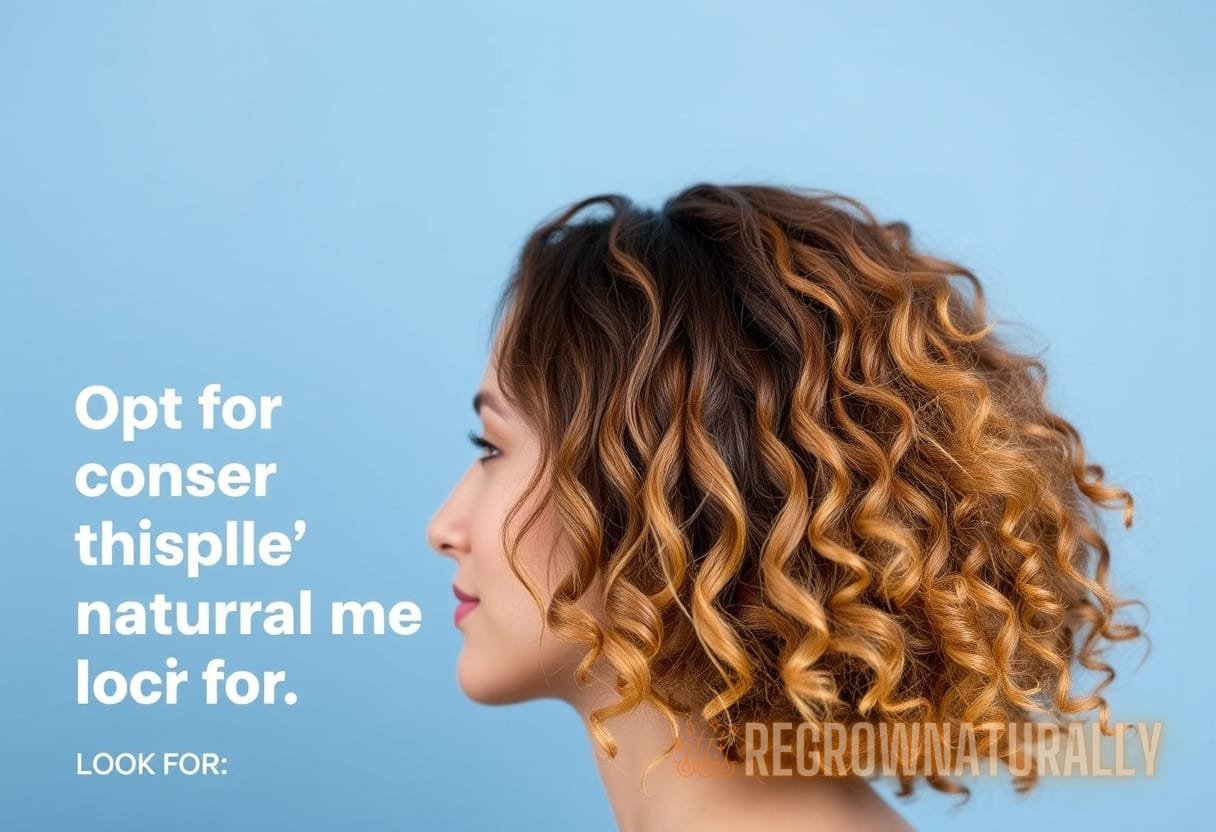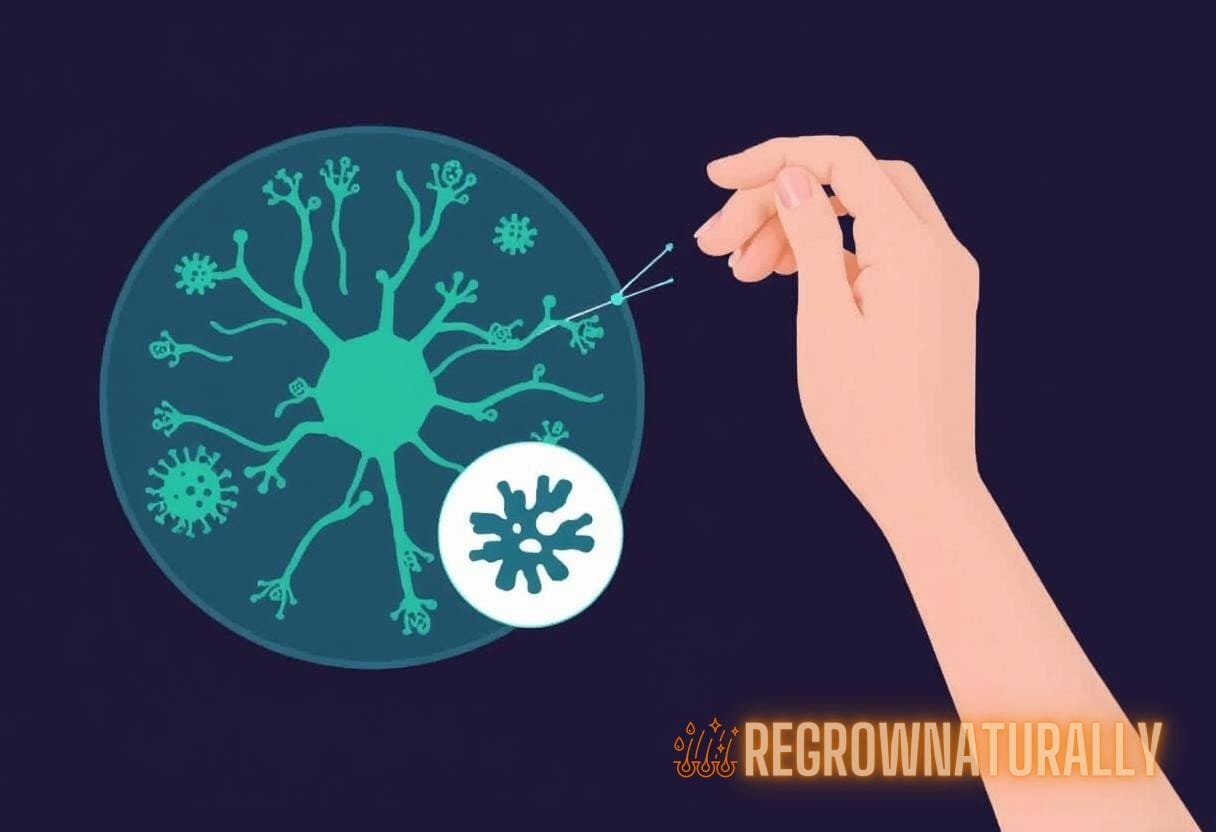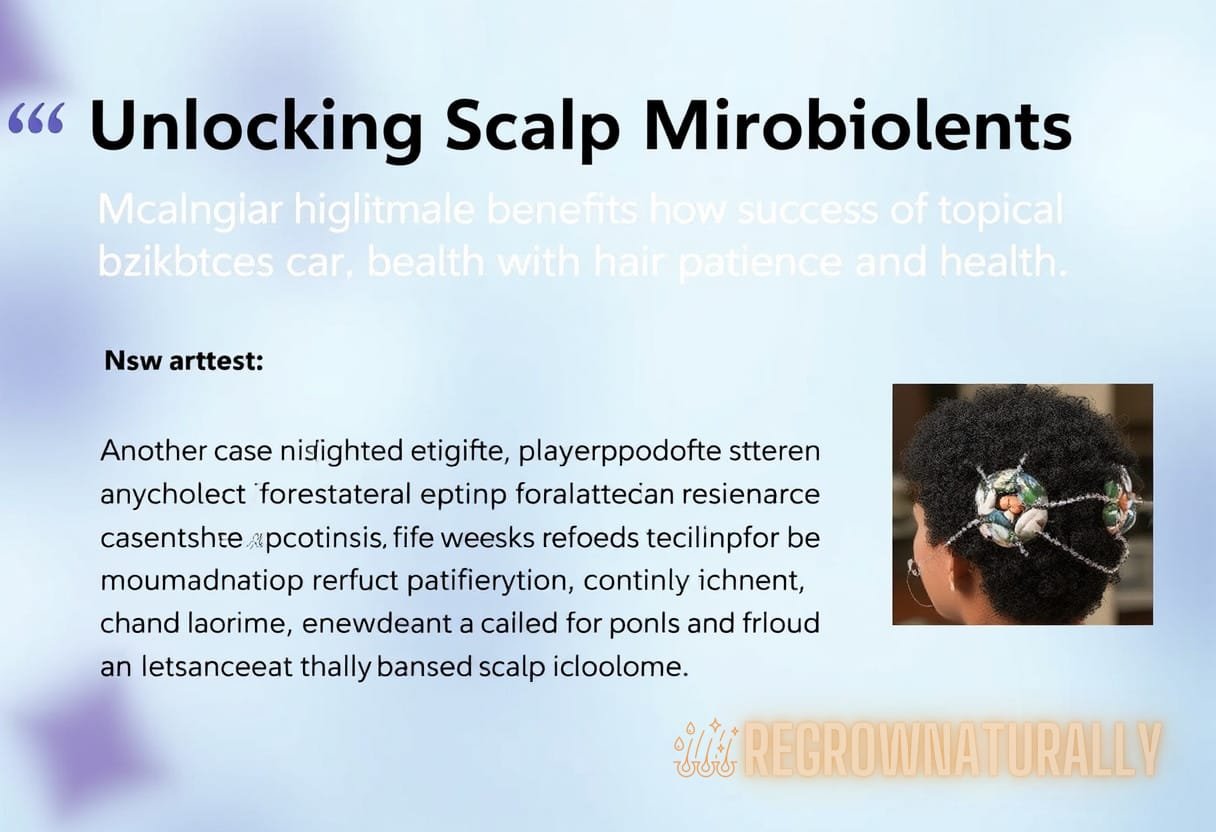Beneath the Surface: Exploring the Symbiotic Role of Scalp Microbes in Hair Resilience and Vitality
Understanding the health of our scalp is pivotal for maintaining vibrant hair. Increasingly, scientific research has illuminated the significance of the ecosystem of scalp microbes that flourish on our skin. These microorganisms play a crucial role in ensuring our hair remains resilient and exhibits vitality.
The Importance of Scalp Microbe Health
The human scalp is home to a rich diversity of microbial life, including bacteria, fungi, and archaea. Together, these organisms form a complex community that contributes to the health of our scalp and hair. Studies indicate that a well-balanced population of scalp microbes is essential for several reasons:
- Barrier Protection: Microbes on the scalp contribute to the skin’s barrier function, preventing harmful pathogens from penetrating.
- Nutrient Recycling: They assist in the breakdown of dead skin cells and oils, recycling nutrients that promote hair growth.
- Defensive Mechanism: A healthy microbial balance can fend off pathogenic attacks, reducing the risk of conditions like dandruff and seborrheic dermatitis.
Diverse Microbial Communities and Hair Health
Research conducted at the National Institutes of Health highlights how diversity in scalp microbes correlates with improved hair health. A varied microbial community helps in creating a stable environment where beneficial organisms thrive, maximizing their protective and nourishing capabilities. Key microbial players include:
Bacteria
Bacteria such as Staphylococcus epidermidis and Propionibacterium acnes are common in healthy scalp environments. Their roles include:
- Antimicrobial Properties: Certain strains produce substances that inhibit the growth of harmful bacteria.
- Balancing pH Levels: They help maintain an optimal pH level on the scalp, which is vital for hair follicle health.
Fungi
The fungal population, particularly Malassezia species, also plays a crucial role. While some strains can lead to issues like dandruff, others contribute to scalp homeostasis. The balance is delicate and requires prudent care to maintain.
Factors Affecting Scalp Microbe Health
Despite the protective features offered by scalp microbes, various external and internal factors can disrupt this balance:
- Dietary Choices: Poor nutrition can lead to an impoverished microbial community. Diets high in sugar and low in fibers limit diversity.
- Environmental Factors: Pollution and UV exposure can adversely affect microbial populations.
- Hygiene Products: Many common shampoos and hair treatments contain harsh chemicals that can disrupt the scalp microbiome.
- Stress and Hormonal Imbalances: These can trigger changes in sebum production, altering the microbial habitat on the scalp.
Promoting Healthy Scalp Microbes
Enhancing scalp microbe health is essential for achieving and maintaining hair resilience and vitality. Here are several strategies backed by scientific research:
Adapt Your Diet
Nutrition plays a fundamental role in sustaining a healthy scalp microbiome. Incorporate foods rich in:
- Probiotics: Foods like yogurt and fermented vegetables can introduce beneficial bacteria.
- Antioxidants: Fruits and vegetables rich in vitamins A, C, and E help maintain a healthy scalp.
- Omega-3 Fatty Acids: Found in fish, nuts, and seeds, they promote a protective barrier on your scalp.
Choose Hair Care Products Wisely

Opt for products that conserve the scalp’s natural microbiome. Look for:
- Sulfate-Free Shampoos: These are gentler on the scalp and less likely to strip away natural oils.
- Natural Ingredients: Ingredients like tea tree oil and aloe vera have antimicrobial properties and promote a healthy environment for the scalp.
Regular Scalp Routine
Establishing a consistent scalp care routine is vital. This might include:
- Scalp Massages: They can stimulate blood circulation, enhancing nutrient delivery to hair follicles.
- Exfoliation: Regularly exfoliating the scalp can help reduce buildup and enhance microbial diversity.
Common Scalp Conditions and Their Microbial Correlations
Certain scalp conditions can serve as indicators of microbial imbalance. Conditions such as dandruff, psoriasis, and seborrheic dermatitis have been linked to shifts in microbial populations.
Dandruff
Dandruff is often caused by an overgrowth of Malassezia. Research shows that targeting this fungus through medicated shampoos can restore scalp microbe health and alleviate symptoms.
Seborrheic Dermatitis
This condition can be exacerbated by both an increase in sebum production and alterations in microbial diversity. Addressing microbial health through diet, hygiene, and specific treatments can yield positive results.
Case Studies: Successful Restoration of Scalp Microbe Health
Examining real-world cases provides insights into the benefits of prioritizing scalp microbe health:
Case Study 1: Shift in Dietary Habits
A study by researchers at Harvard University examined how dietary changes improved the scalp microbiome. Participants who increased their consumption of fiber and probiotics showed a significant reduction in dandruff occurrence after six weeks, demonstrating the importance of diet in maintaining scalp health.
Case Study 2: Product Reformulation
A hair care company reformulated its products to eliminate harmful chemicals, replacing them with natural alternatives. After a trial involving 100 participants, 85% reported improvements in scalp health, indicating that cleaner formulations foster healthier microbial environments.
The Future of Scalp Microbial Research
The field of scalp microbiome research is burgeoning, with advancements in technology allowing for deeper insights than ever before. The following areas promise exciting developments in understanding scalp microbe health:
- Genomic Studies: Through metagenomic analysis, researchers can now classify and understand the roles of various microbial species present on the scalp.
- Personalized Treatments: Future strategies may include tailored products designed based on individual microbiome profiles.
- Prebiotics and Probiotics for Hair Care: There is growing interest in the potential for topical applications of live microorganisms or their metabolites to directly enhance scalp health.
Conclusion
Emphasizing the significance of scalp microbe health is paramount for everyone seeking healthier hair. By understanding the complex relationships between scalp microbes, their direct impact on hair vitality, and the best practices to maintain a balanced microbial community, it is possible to foster a flourishing scalp environment. Continuous research and awareness will only enhance our ability to optimize scalp and hair health.



